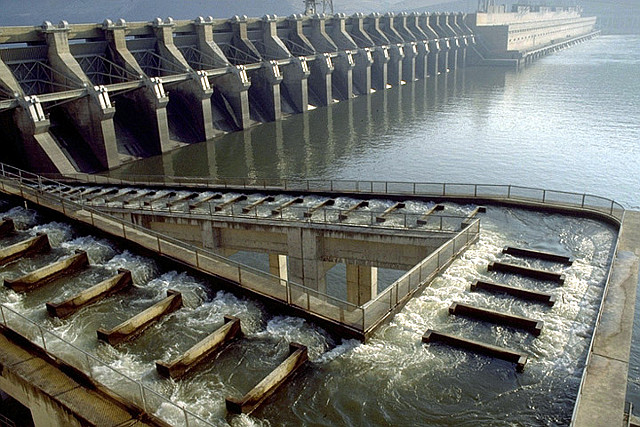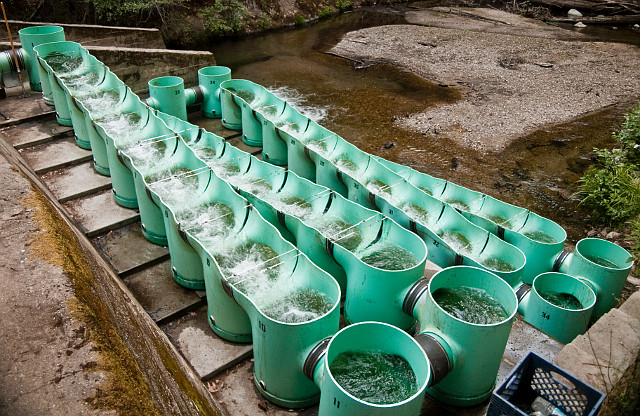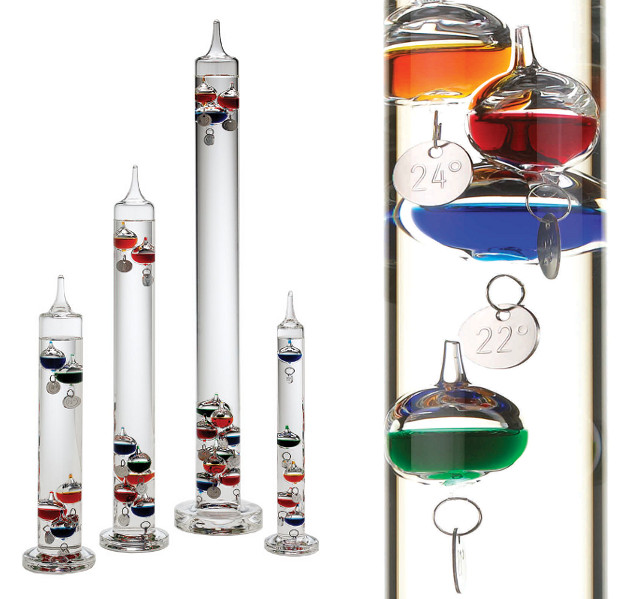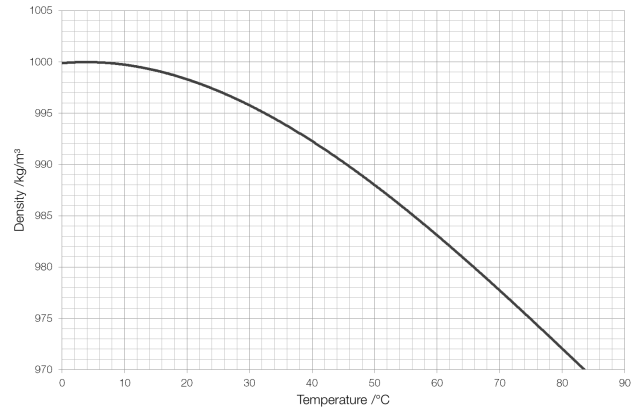A fish ladder is a structure designed to enable migratory fish (in particular diadromous fish that migrate between salt and freshwater) to bypass barriers such as dams and locks that humans have created.

A permanent fish ladder at the John Day Dam.
Diadromous fish migrate against the current when returning to freshwater so most ladders are constructed from a series of low steps constructed so that water pours over them fast enough to attract migrating fish, but not so fast that the fish cannot swim upstream.

A temporary removable fish ladder on the Little Sur river.
For fish moving downstream in the other direction, a combination of a spillway and gravity usually does the trick.




